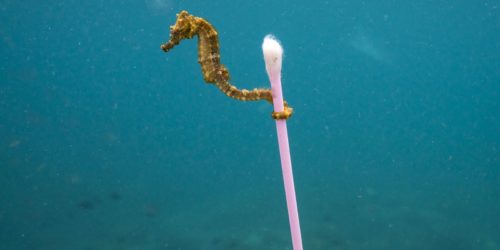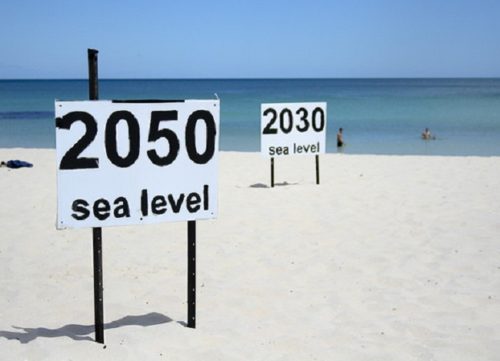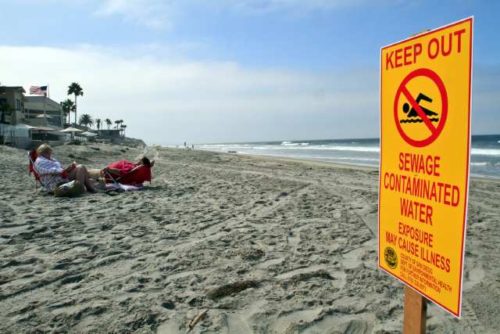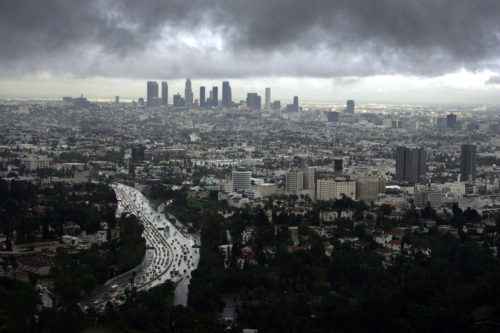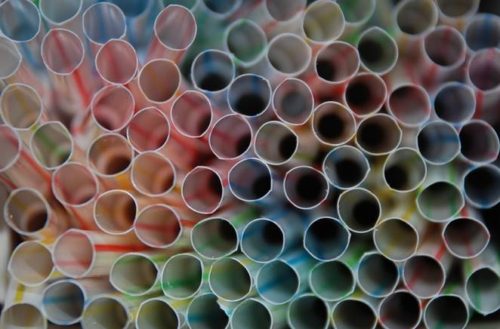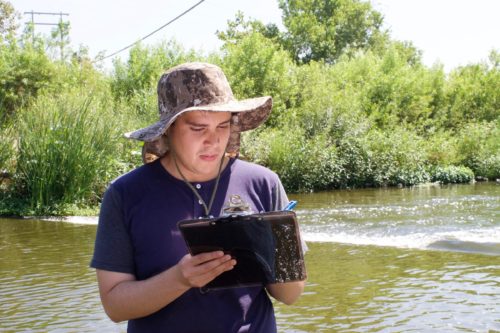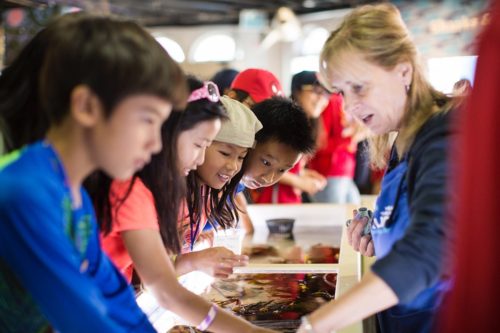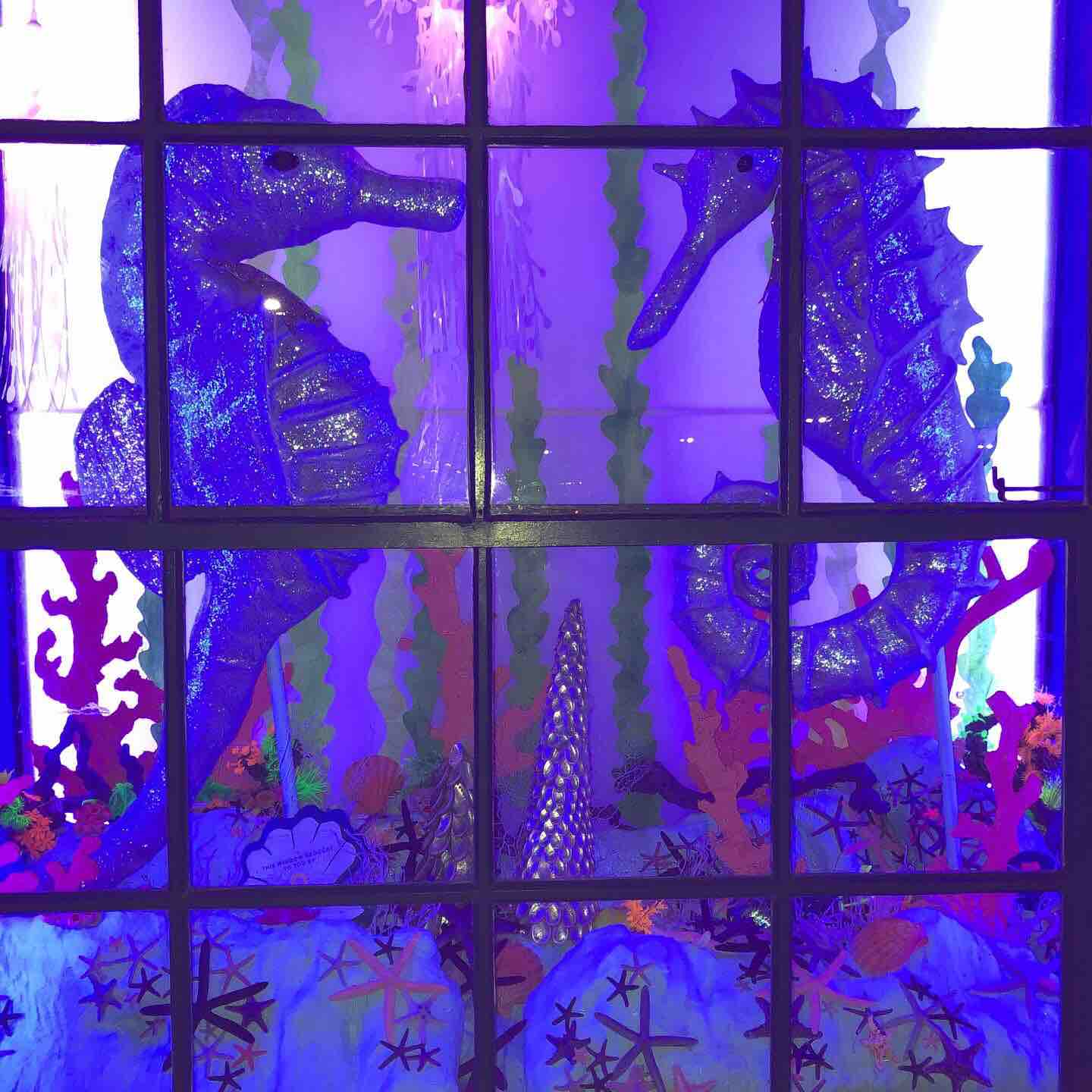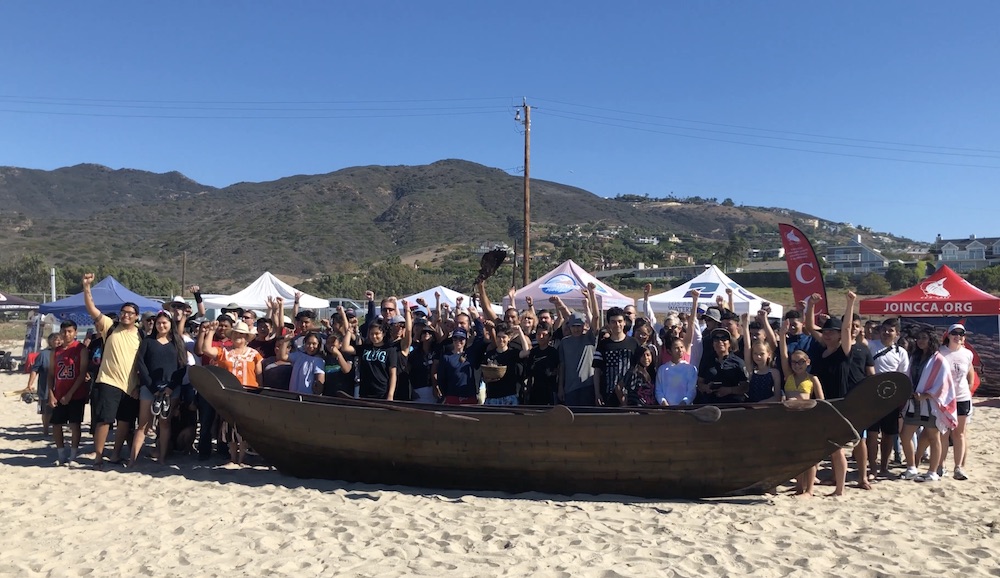Sustainable shopping is not just a trend – it may help save the world. However, the biggest impact we can make is creating comprehensive environmental policy that ensures equitable access to sustainable choices. One person can make a difference. One business can make a difference. And, so can we, as one community. For Women’s History Month, we’re highlighting two businesses run by women of color who are proving that it’s possible to be successful, sustainable, and make a positive social impact.
Shopping can be therapeutic for most. The instant gratification of hitting the “Buy Now” button or the bliss of un-bagging all the items purchased at the mall is irresistible. Though these experiences can gift us temporary relief, collectively they are extremely harmful to our environment.
From the abundance of unnecessary plastic packaging that winds up in landfills, communities, and ecosystems to the spewing of thousands of tons of carbon dioxide into the atmosphere during production and transportation, we need to see clearly that consumerism in the United States has contributed negatively to the health of our natural environment as well as our own health.
So how do we solve this issue — and quickly?
We all should hold ourselves responsible for making the right choice to safeguard the places we call home. It’s hard to imagine one’s individual impact from switching to an electric car, when fuel efficiency standards are threatened by the White House, or switching to be vegan to reduce their water and carbon footprints when farms aren’t required to reduce methane emissions.
Our individual decisions do cumulatively make a big impact. So it is especially important for consumers to shop ethically and sustainably while simultaneously demanding environmentally-responsible policies.
Our Power in Choice
As consumers, we have the power to choose companies that make a difference. And this is something worth acknowledging and celebrating. What’s exciting is that thousands of companies are actively developing innovative solutions. Meet these two company leaders in the beverage industry who are making a positive impact.
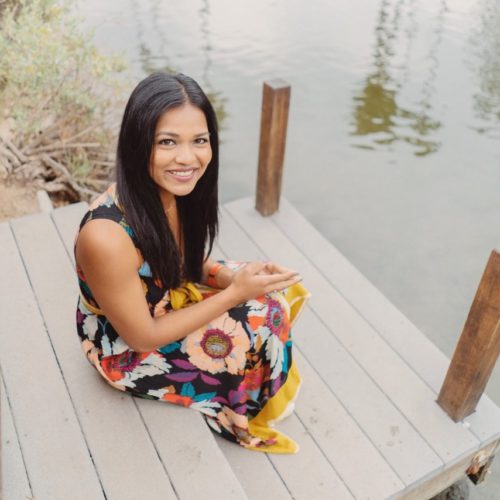
(Photo of Sashee Chandran, Founder and CEO of Tea Drops)
Tea Drops is a tea company created by Sashee Chandran, a Chinese-Sri Lankan American woman, that offers customers a locally-sourced, quality bag less tea that cuts out unnecessary waste. This process is markedly different than other tea products where polypropylene is used to make the tea bags.

(Photo of bag less tea by Tea Drops)
Sales of Tea Drops products support the Los Angeles-based, Thirst Project, by funding one year of clean water for someone in need – so choosing Tea Drops over other options not only reduces one’s waste footprint, but also contributes to water justice.
Another company promoting ethical production is Grosche, started by Helmi Ansari and Mehreen Sait, Pakistani Canadian partners. The company was built on the idea of ‘profit for change’ as opposed to profit for personal gain. They commit to funding 50-days of safe water for every product sold, including their adorable Shark Tea Infuser.
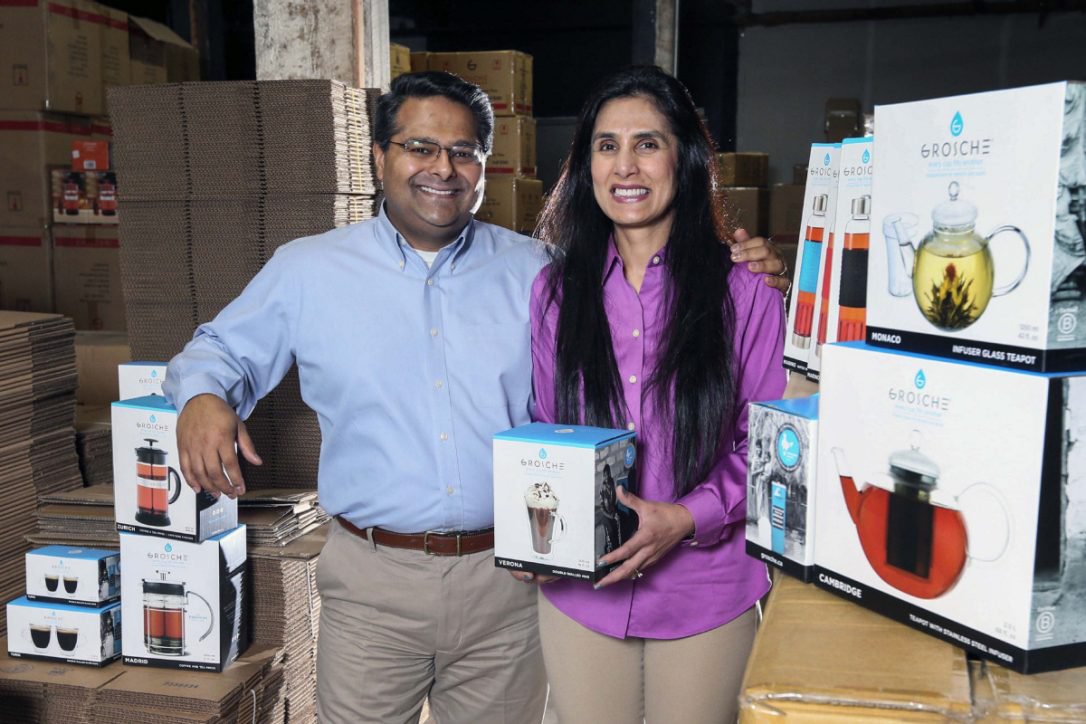
(Photo of Helmi Ansari and Mehreen Sait, Founders of Grosche)
Grosche has diverted 91% of landfill waste, uses 100% renewable energy, maintains a zero-carbon footprint, and has planted 10,000 trees in Africa and Haiti, while running a banana plantation in South Sudan to help grow food and create income for the local community. Biosand filters that purify water for 10 people, up to 25-30 years, are also offered to communities and families in need.

(Photo of the Shark Tea Infuser by Grosche)
Tea Drops and Grosche are incredible businesses moving in the right direction toward a sustainable future. We can’t stop there. We need to take their lead and advocate for policies that hold all companies and institutions accountable for their environmental impact. And we can’t afford to wait. The recent IPCC report reveals drastic change is needed within the next 12 years to protect our food and water supplies.
When we work together, we will see real change.
Check out HOVE Social Good’s Water Power Box, which features the products listed above. Every box sold gives $1 back to Heal the Bay! And also check out the box dedicated to HER Power to celebrate Women’s History Month.
About the author: Mariana Estrada is a digital advocacy intern at Heal the Bay. She grew up in Boyle Heights, Los Angeles where she enjoys a lively community of close-knit families and great food. She became interested in environmental issues like air quality at an unusually young age due to living in the city. Estrada’s area of focus is combining humanities and environmental issues to create effective and meaningful storytelling that renders real results. She studies English Literature and double-minors in Environmental Systems and Society and Environmental Engineering at UCLA.



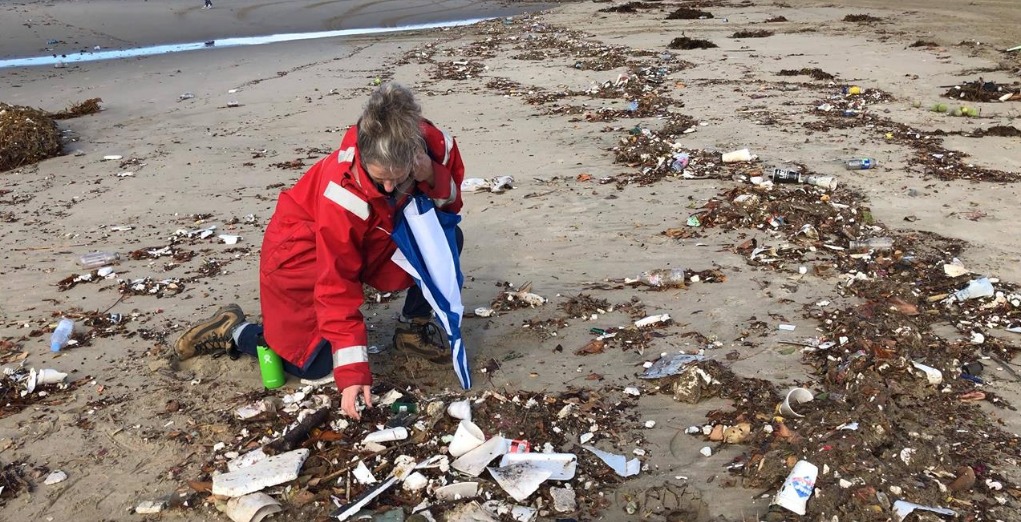
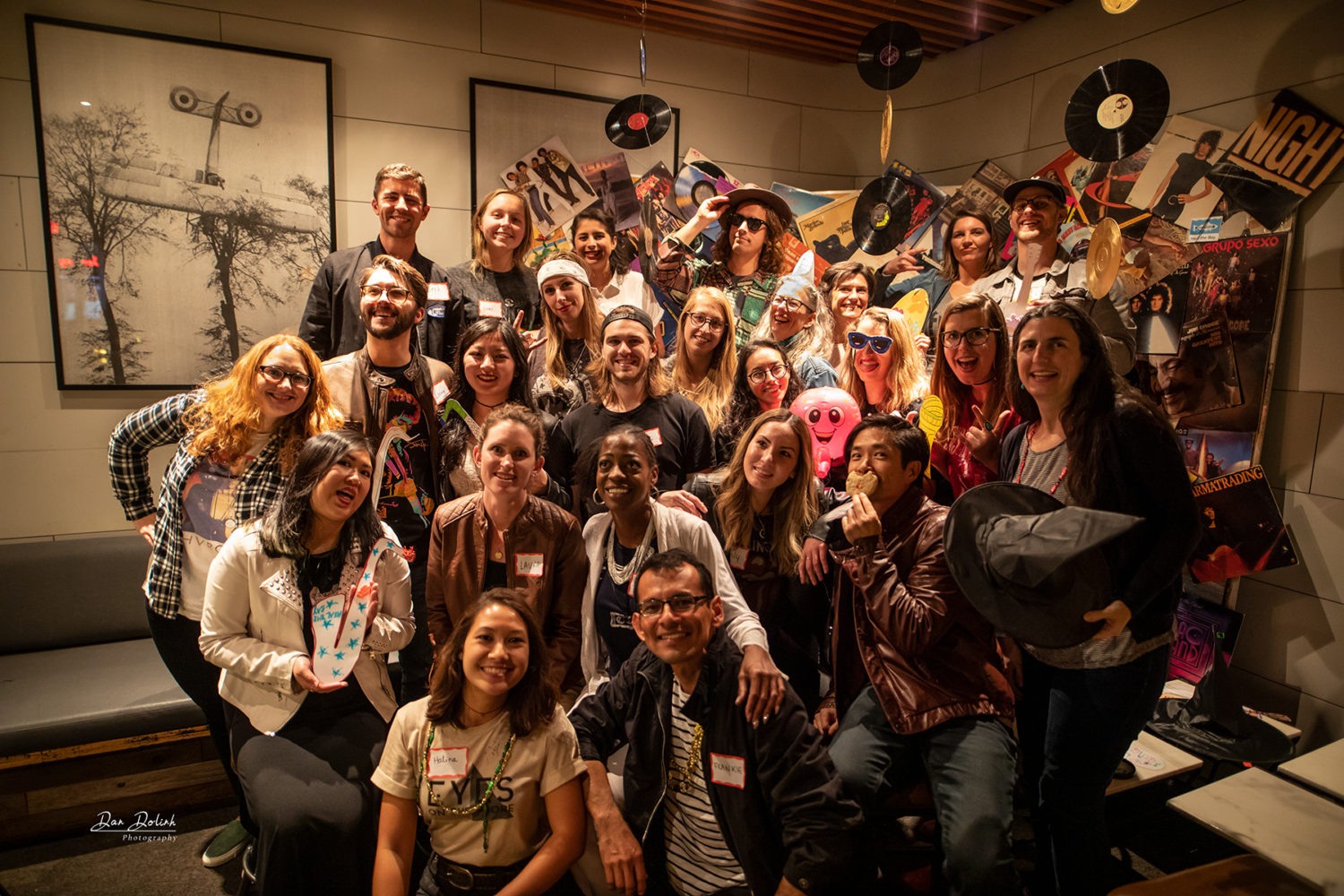

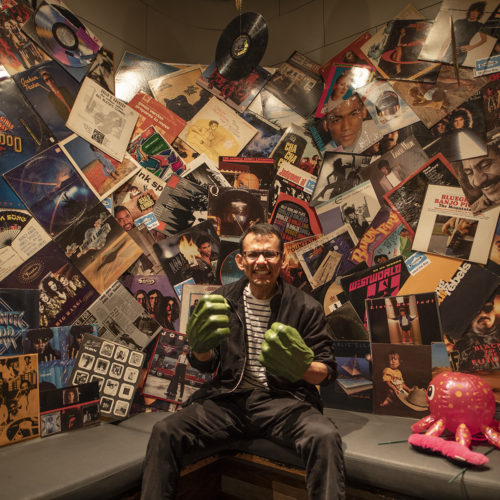
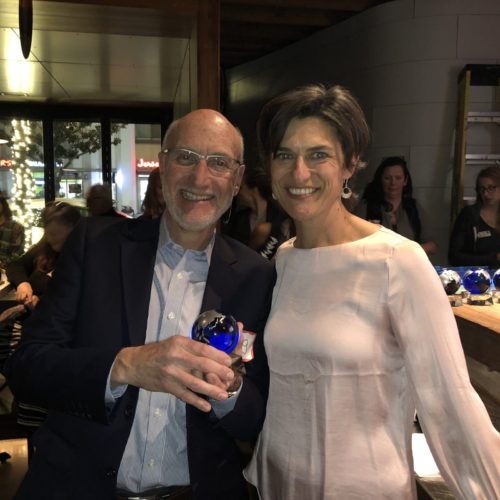

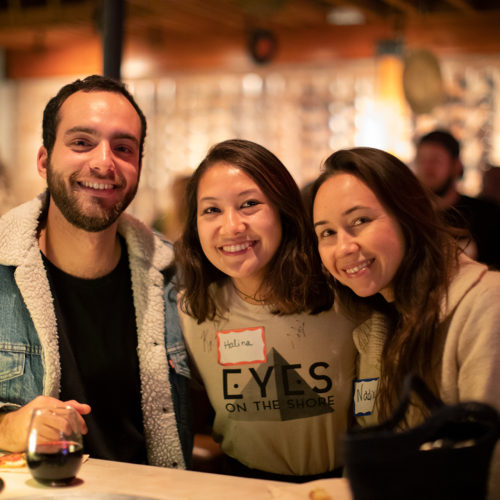
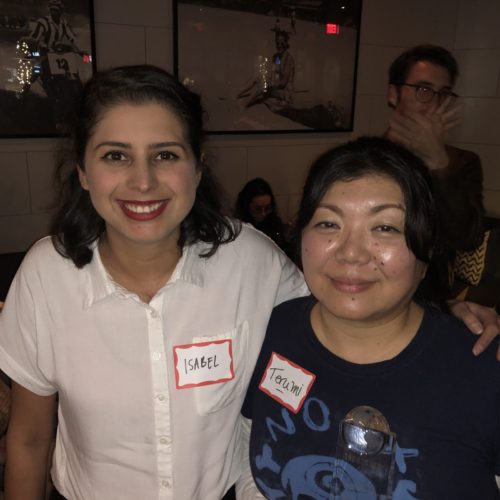
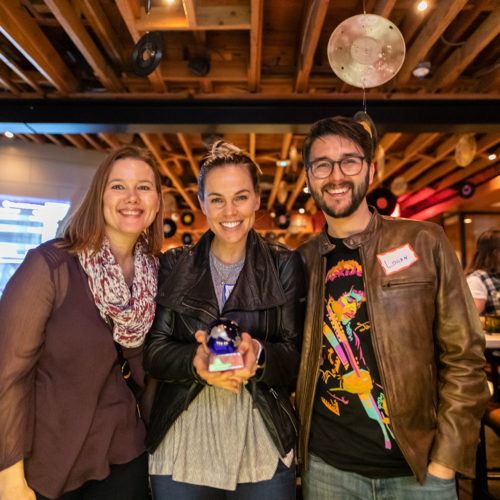
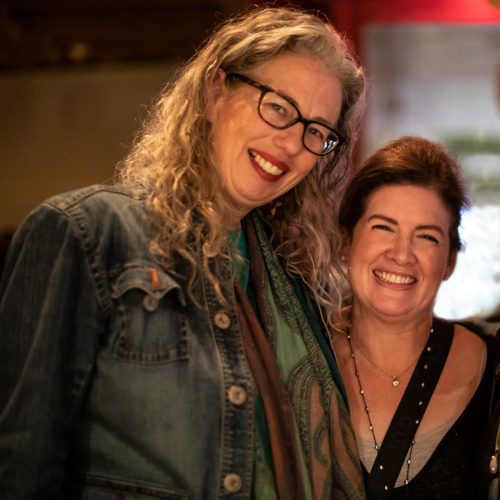

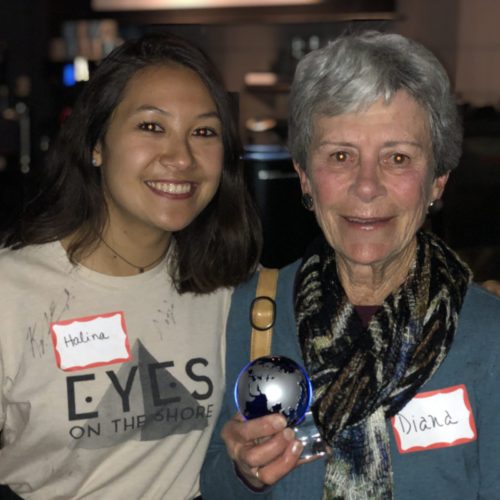
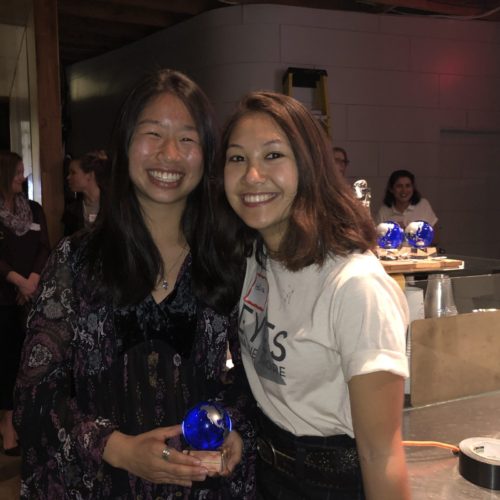
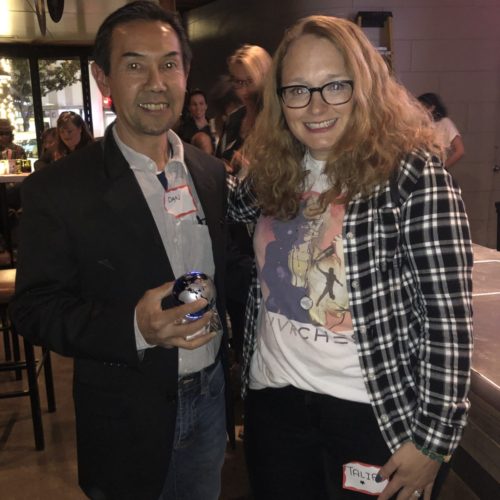
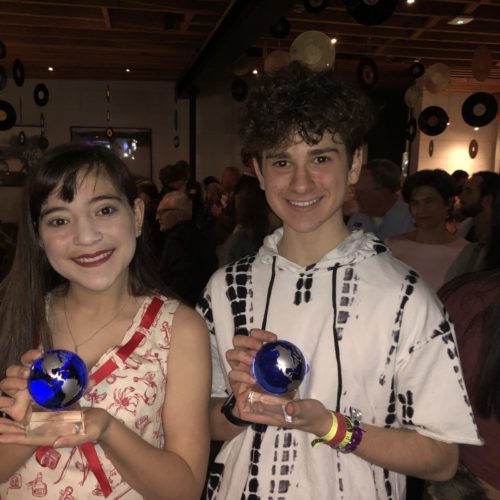

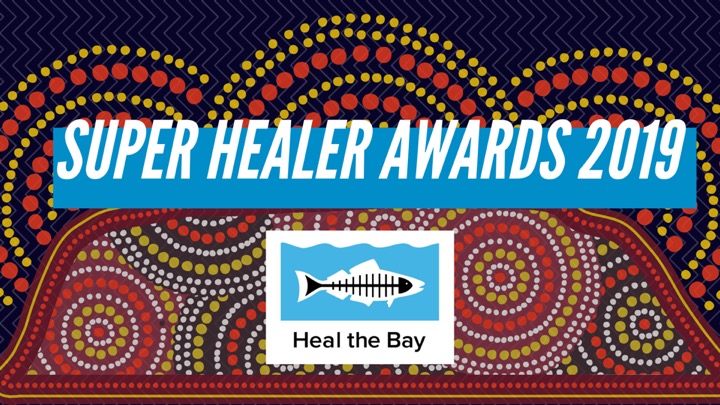

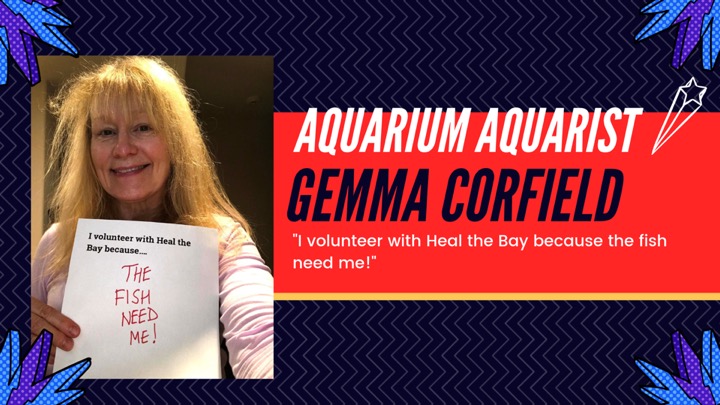
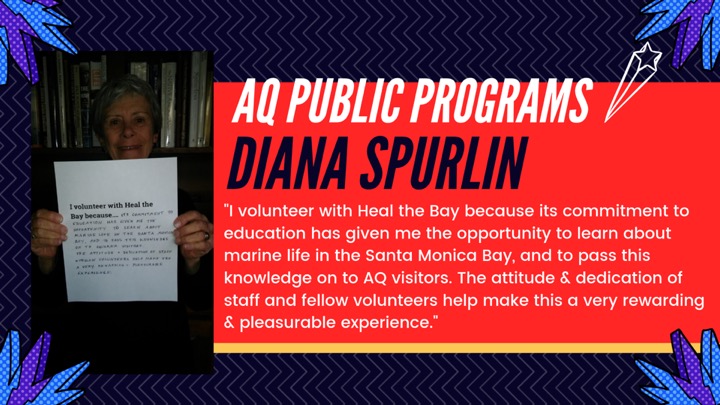

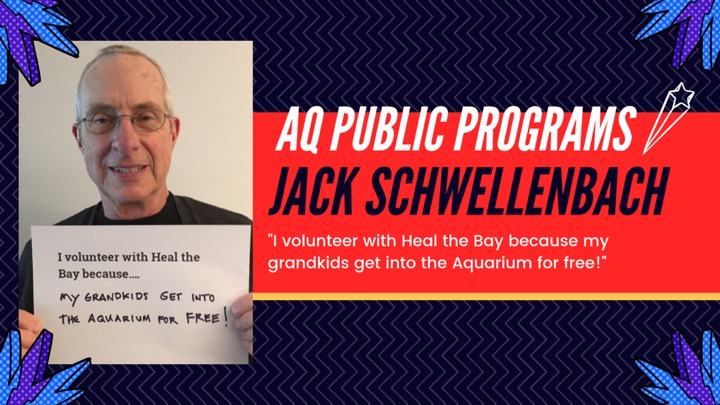
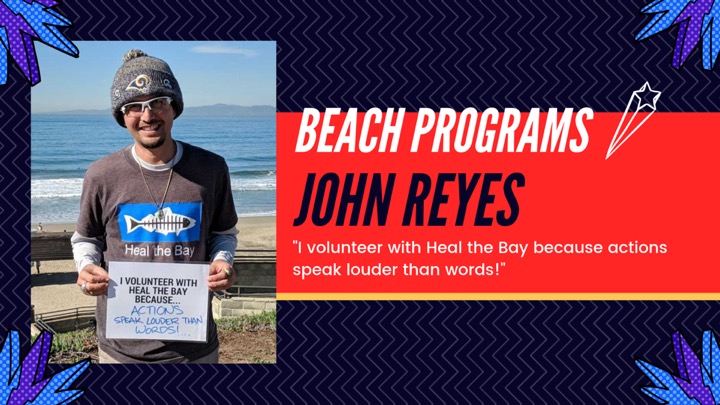
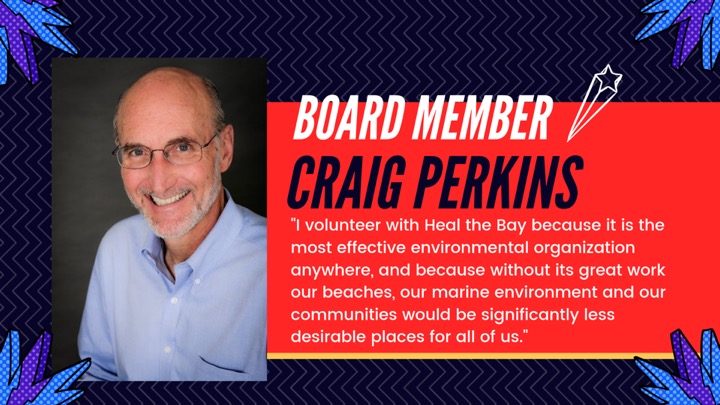
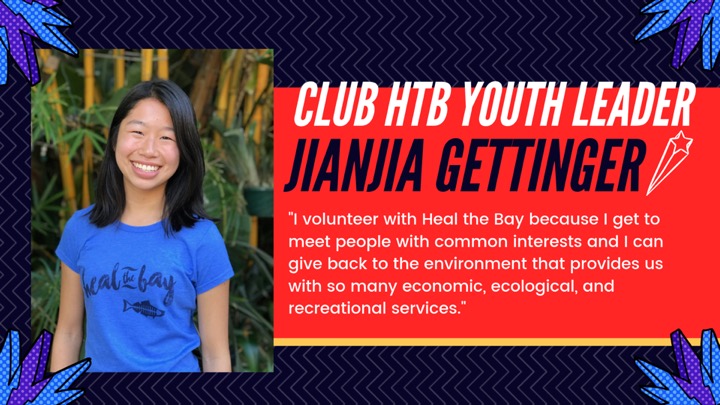







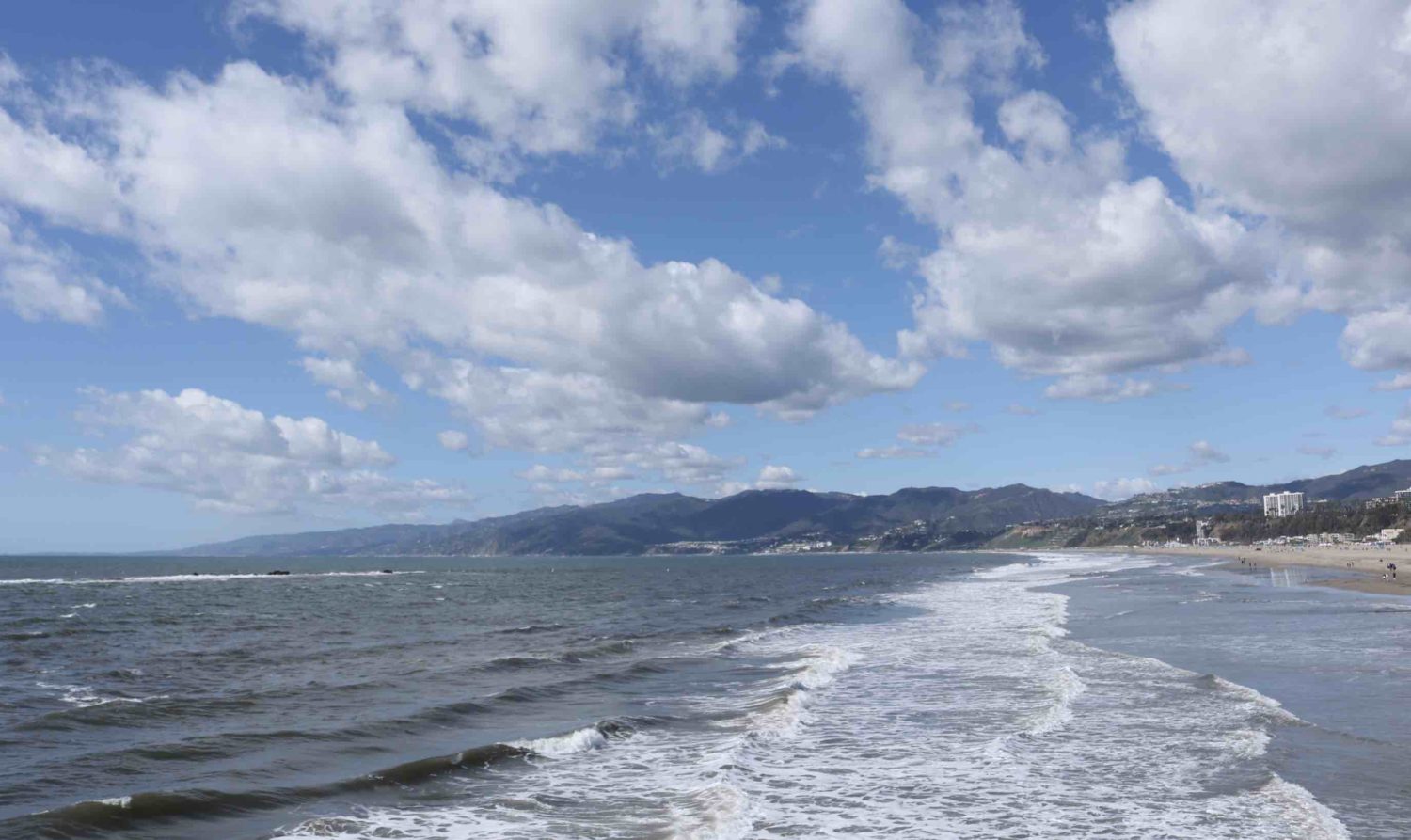
 What are some of the reasons you should visit Heal the Bay’s Aquarium under the Santa Monica Pier this February?
What are some of the reasons you should visit Heal the Bay’s Aquarium under the Santa Monica Pier this February?